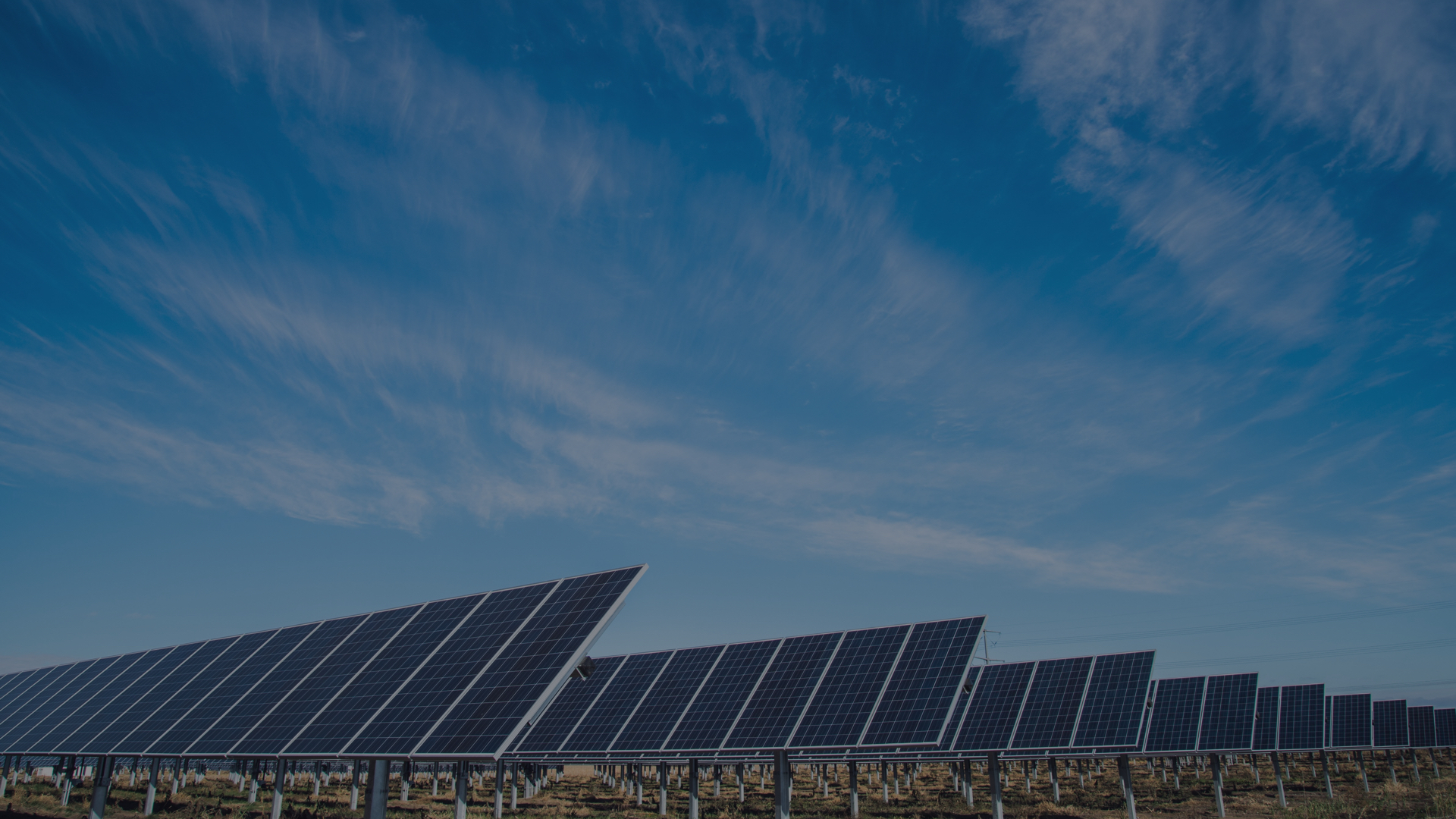China is displaying surprising progress in renewables, more than many outsiders might expect.
For example: China trails only Germany and Japan in solar photovoltaic cell output. Another: Unlike the US, China wisely halted the approval of new ethanol projects using food crops.
These are just two of 10 examples that bely the cliches that circulate about China’s green potential. Two dominate most discussions. First is that China’s emissions are a runaway train, gathering speed, that are sure to wreck any global climate agreement, no mattter what. The other, practically opposite, take is that China, with its enormous wealth and feverish pace of infrastructure building will leapfrog the west in cleantech.
The truth is of course somewhere in between.
The list, released yesterday by New Energy Finance Ltd and the Chinese Renewable Energy Industries Association (CREIA), shows that China is rolling out some really smart green energy policies, some of which are wisely cherry picked from Europe and the US.
1. China releases the Medium to Long-term Development Plan for Renewable Energy, setting national targets for all major renewable energy sectors for 2010 and 2020 respectively.
2. China implements a detailed plan to compensate grid companies for the extra cost of purchasing renewable power via a quota exchange system.
3. China has reformed the bidding system for the fifth round national concession wind projects to discourage cutthroat price competition. Project developers who field bids closest to the average bid now score highest in the price evaluation section. On a provincial level, Guangdong becomes the first province in China to set a fixed feed-in tariff for wind power at CNY 0.68 ($0.09588) per kWh.
4. PV cell production in China (not including Taiwan Province) exceeds the US in 2007, becoming third in the world behind Japan and Germany.
5. China makes a breakthrough in installations of domestically manufactured wind turbines in 2007. Wind turbines from domestic manufacturers account for 56% of all installed turbines in China in 2007, exceeding those made by foreign and joint-venture companies for the first time.
6. China’s first thousand-tonne polysilicon plant is commissioned in Leshan, Sichuan province, marking the beginning of the scale-up production of this raw material in the country.
7. Installed wind capacity in China reaches 6GW at the end of 2007. One quarter of this or 1.5GW is installed in Inner Mongolia Autonomous Region, making it China’s first province/region to have more than 1GW installed.
8. China kicks off development of grid-connected utility scale PV projects with the NDRC implementing a plan to build 5MW and larger solar PV plants in 8 provinces in western China.
9. Jinan, in Shandong province, hosts the first central government sponsored National Solar Heat Utilisation Congress in China, which aims to popularise the installation of solar water heaters in buildings across the country.
10. China halts the approval of new grain-based bioethanol projects and enacts policies to encourage non-grain based biofuels development.
01.04.2008
China is No. 3 in global PV output
Industry News
